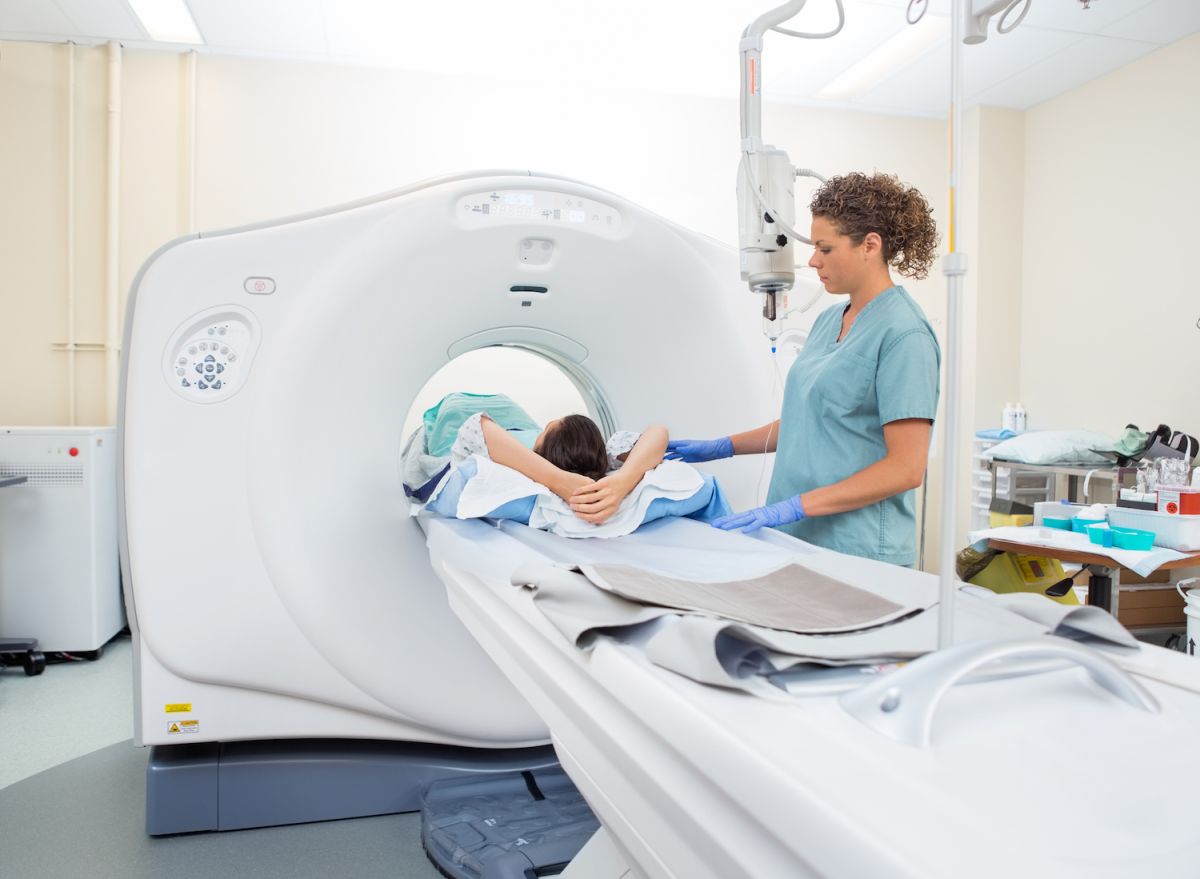
- August 20, 2022
All You Need To Know About CT Scan in Denville, NJ
Introduction
What Would a CT Scan Reveal?
Any body part may be visualized in cross-section using a computed tomography (CT) scan. Bridge images are frequently compared to slicing a loaf of bread into thinly sliced and gazing inside. The inside of the organ is rendered in great detail and three dimensions when the image slices are pieced together by software applications. The CT scan in Denville, NJ pictures are utilized to aid in the diagnosis of disorders affecting organs and other bodily structures.
Many illnesses, including the following, can be found using a CT scan:
- Brain tumors or head trauma
- Cancers and illnesses with metastases
- Aneurysms and vascular anomalies
- Success following surgery on the spine and extremities
- Broken bones
During a CT Scan Process, What to Consider
Details on how to get ready will be sent to you before your CT scan. One should dress comfortably and loosely; nevertheless, you might have to change into a gown. Eliminate any metal jewelry and other accessories. In some cases, you may have to fast before the scan.
You will lie down on a lengthy table that glides inside the pipe scanner throughout the CT scan operation. The CT scan photos will be taken as the tunnel rotates around you. To obtain the most precise images available, the technician may ask you to momentarily pause your breathing at certain points. As the scanner goes throughout your body, one might experience a hot feeling. The impression of urination is common after this. One can carry on with your daily chores after this.
Depth of Your CT Scan
Your clinician will arrange a time to talk with you about the results after your scan. The most effective course of treatment or subsequent care must be based in large part on these findings. To confirm your ailment or ascertain its severity, your specialist may occasionally order additional testing or medical testing.
Conclusion
Occasionally contrast, commonly known as X-ray color, is required to emphasize inner organs or intestinal features. Contrasting can be administered intravenously or orally. If you’ve ever experienced an allergic reaction to iodine or an X-ray dye, please let your technician know. The comparison used in CT scans is iodine-based. Inform the scheduling if you take any diabetes medication; you may have to quit taking some of them before your CT scan.
